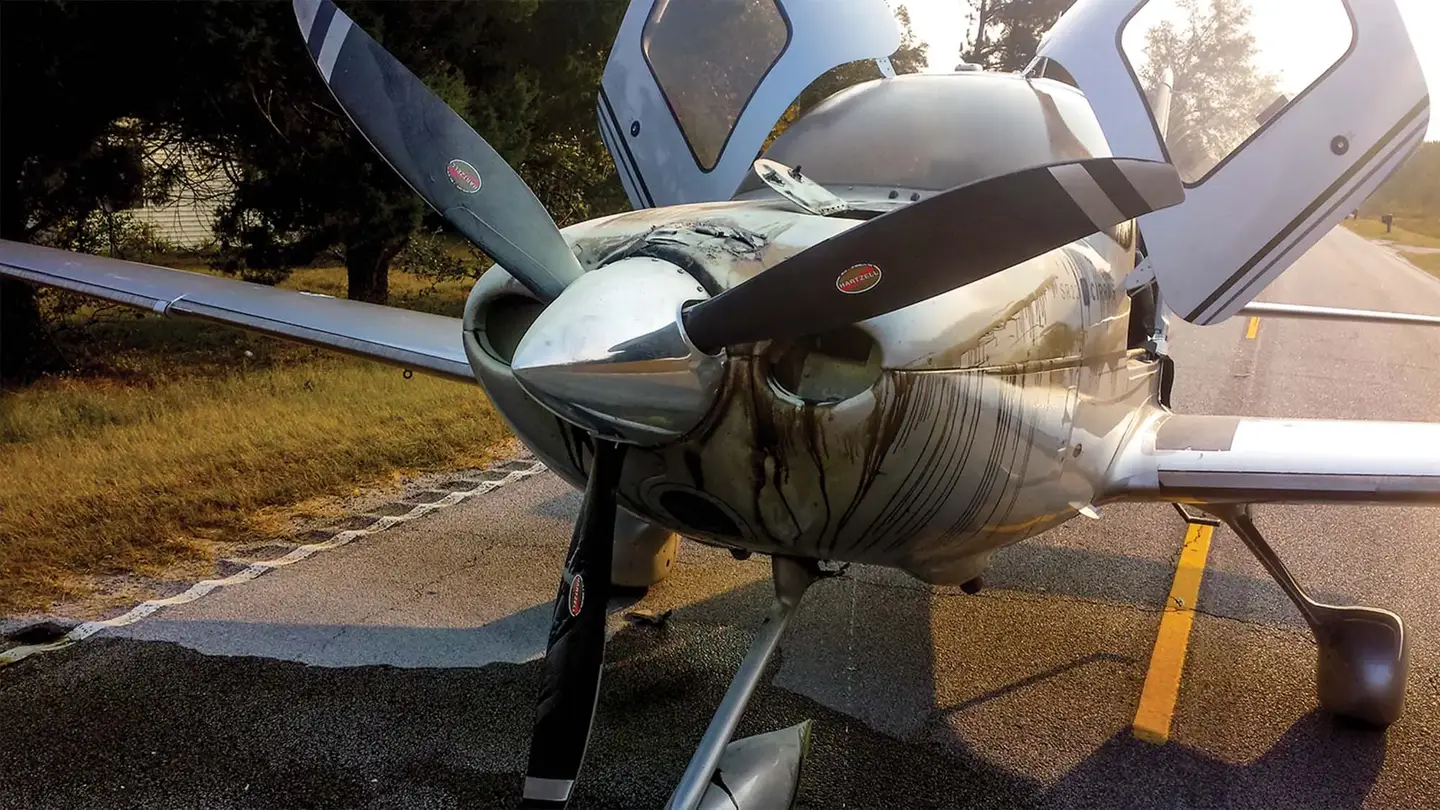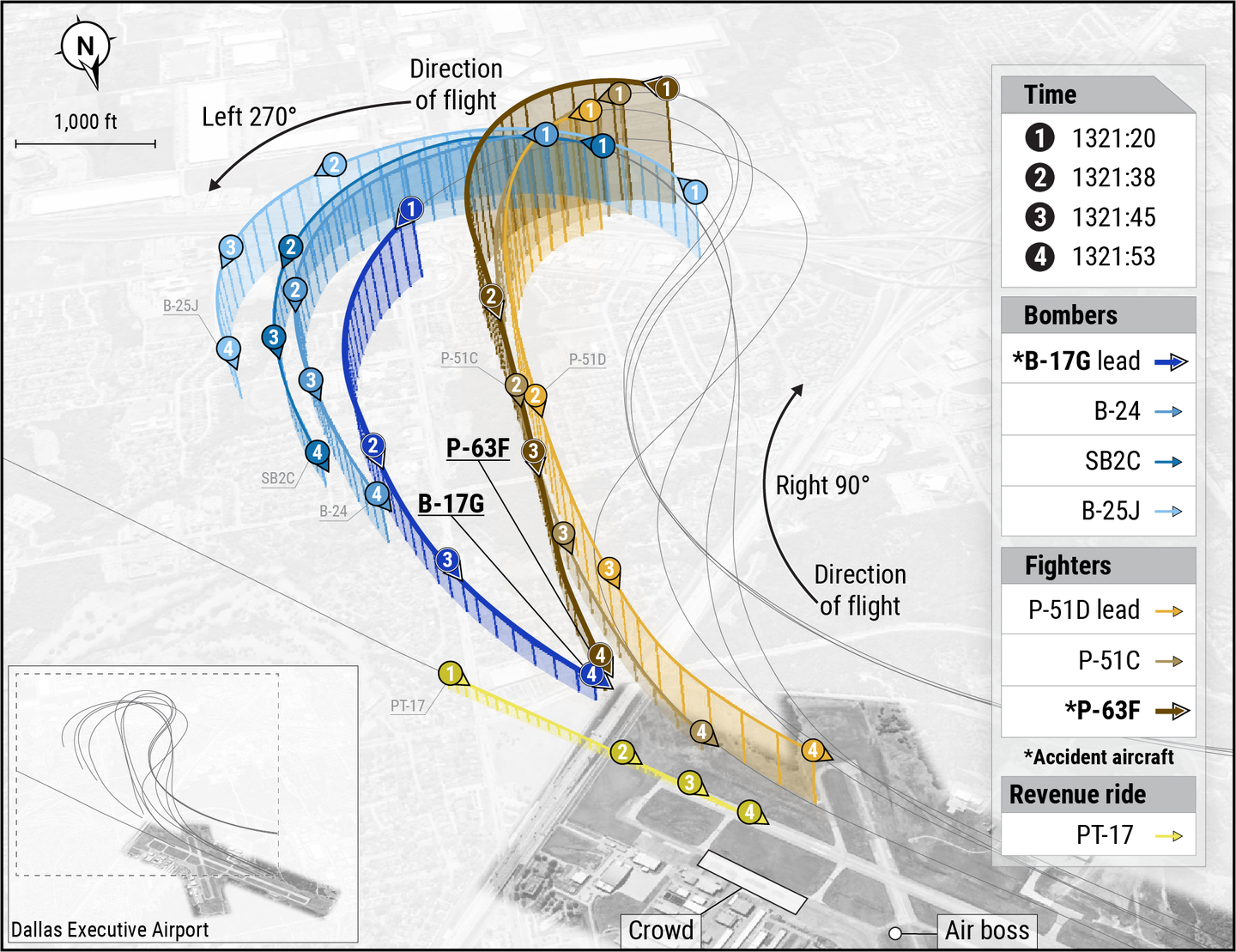General Aviation Accident Bulletin
AVweb’s General Aviation Accident Bulletin is taken from the pages of our sister publication, Aviation Safety magazine. All the reports listed here are preliminary and include only initial factual findings…

Aviation Safety Accident Bulletin
AVweb's General Aviation Accident Bulletin is taken from the pages of our sister publication, Aviation Safety magazine. All the reports listed here are preliminary and include only initial factual findings about crashes. You can learn more about the final probable cause on the NTSB's website at www.ntsb.gov. Final reports appear about a year after the accident, although some take longer. Find out more about Aviation Safety at www.aviationsafetymagazine.com.
April 16, 2020, Cincinnati, Ohio
Beechcraft A36 Bonanza
At about 1145 Eastern time, the airplane sustained substantial damage during an off-airport landing to a roadway following engine failure. The solo pilot was not injured. Visual conditions prevailed.
While en route to a maintenance facility, the pilot performed mixture leaning at altitudes up to 14,000 feet MSL to diagnose EGT readings. In the descent to his destination, first one cylinder then another and another failed until the engine stopped producing power. While landing on the roadway, the left wing struck a wooden post. The airplane landed hard, resulting in landing gear collapse, struck another wooden post on the opposite side of the roadway with the right wing and “slid under an overpass” before coming to rest. The pilot secured the fuel and master switch and exited the airplane.
Examination revealed the fuel inlet and outlet fittings on the fuel control could be turned by hand. According to maintenance records, the fuel pump had been installed two days earlier.
April 20, 2020, Billings, Mon.
Piper PA-31T-1 Cheyenne I
The airplane was destroyed at about 0950 Mountain time when it collided with terrain shortly after takeoff. The solo airline transport pilot was fatally injured. Visual conditions prevailed.
The pilot took off to perform pattern work and was cleared to extend his upwind pattern leg. There was no further contact with the pilot; about 90 seconds after takeoff, a column of smoke was observed. Surveillance data showed the airplane remaining on runway centerline but never going much above 100 feet AGL and 81 knots groundspeed. Ground scars were consistent with the airplane impacting the ground in a shallow, nose-up, wings-level attitude. All major structural components of the airplane were located within the debris field.
April 23, 2020, Mesquite, Texas
Pilatus PC-12/47
At about 1600 Central time, the airplane was substantially damaged when it was landed short of the intended divert airport after losing engine power. The solo pilot received serious injuries. Visual conditions prevailed.
While en route, the pilot reported to air traffic control that he was losing engine power and accepted vectors to a nearby airport. Shortly, the pilot reported engine power had stabilized and he wanted to return to Dallas, Texas. A few moments later, the pilot again reported losing engine power and ATC gave him vectors to an airport at 11 o’clock and about three miles. The airplane impacted a muddy field short of the airport.
April 23, 2020, Craig, Colo.
Ted Smith Aerostar 601B
Radar contact with the airplane was lost at 2139 Mountain time; accident site was located early the following morning at 0336 Mountain time. The airplane was destroyed and the student pilot sustained fatal injuries.
The pilot earlier told FBO personnel he had flown via airline from California to New York and bought the airplane that morning. Radar data show the airplane departing Pennsylvania at about 1119 Mountain time, arriving in Colorado at about 1949 after stops in Ohio and Iowa. On taxiing in after landing in Colorado, the right engine was not running and FBO personnel noticed “a lot” of fuel staining under and on top of the right wing. All three fuel tanks were filled while an FBO employee made him a cup of coffee because the “pilot was ‘really tired’ and did not have cash to buy Red Bull.” The pilot then took off at about 2037 Mountain time, intending to fly through Utah and destined for California.
Radar data show the airplane initially flying to the west/southwest and reaching about 16,000 feet MSL before beginning an erratic series of turn, climbs and descents to over 23,000 feet. At that point, the airplane began to descend, entering a tight looping turn to the left and losing altitude rapidly before track data was lost at about 2139.
April 25, 2020, East Hampton, N.Y.
Piper PA-28-151 Warrior
At about 1340 Eastern time, the airplane was substantially damaged when it partially lost power and landed long. The pilot and two passengers were not injured. Visual conditions prevailed.
The airplane had arrived earlier that day. After loading the passengers, the pilot took off. Shortly after liftoff, the pilot noticed a vibration and diminished engine power, although the throttle was in the full-open position. At 400-to-500 feet MSL, the engine began sputtering. The pilot made a 180-degree right turn at 300-to-400 feet. The engine continued to sputter and then lost all power. The pilot turned right toward a crossing runway and touched down about ¾ of the way down the runway, went off the end, through a deer fence and came to rest in a field. Except for impact damage, examination did not find a reason for the engine failure. The engine was started and run at 1500 rpm, with no vibrations or sputtering noted.
This article originally appeared in the July 2020 issue of Aviation Safety magazine.
For more great content like this, subscribe to Aviation Safety!






